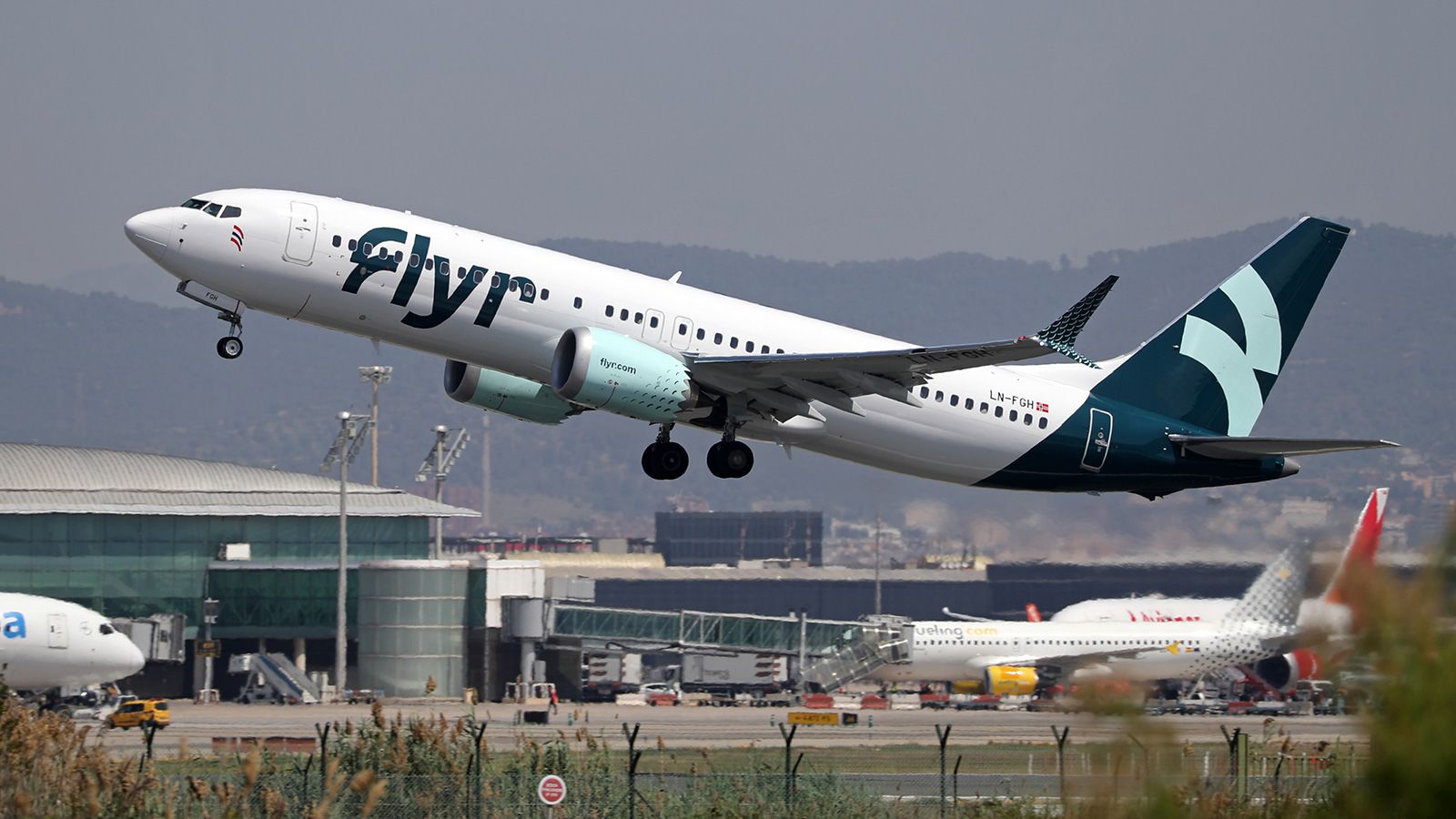
Why do airlines go bankrupt? The airline industry is a high-stakes game with razor-thin margins. Airline bankruptcy often happens due to a mix of high operating costs, fluctuating fuel prices, and intense competition. When fuel prices spike, airlines struggle to keep ticket prices low while covering costs. Economic downturns also play a big role, reducing the number of travelers and slashing revenue. Additionally, labor costs, including pilot and crew salaries, can be sky-high. Sometimes, poor management decisions and overexpansion lead to financial trouble. Lastly, unexpected events like pandemics or natural disasters can ground flights, causing massive losses. Understanding these factors can help you grasp why even big names sometimes fail.
Key Takeaways:
- Airline bankruptcy doesn't always mean the end. Many airlines have successfully reorganized and continued to operate after filing for bankruptcy, showing resilience in the face of financial challenges.
- Factors like fuel prices, economic downturns, and mismanagement can lead to airline bankruptcies, impacting employees, passengers, and the industry as a whole. Understanding these causes can help prevent future cases.
Understanding Airline Bankruptcy
Airline bankruptcy can be a complex topic. It affects not only the company but also employees, passengers, and the economy. Here are some intriguing facts about airline bankruptcy that shed light on this multifaceted issue.
-
Chapter 11 Bankruptcy: Most airlines file for Chapter 11 bankruptcy, which allows them to reorganize and continue operations while repaying creditors over time.
-
Not Always the End: Filing for bankruptcy doesn't necessarily mean an airline will cease operations. Many airlines have successfully emerged from bankruptcy and continued to fly.
-
Employee Impact: Bankruptcy often leads to layoffs, pay cuts, and changes in employee benefits, significantly impacting the workforce.
Historical Airline Bankruptcies
Several major airlines have filed for bankruptcy over the years. These cases provide valuable lessons and insights into the industry's challenges.
-
Pan Am: Pan American World Airways, once a leading international airline, filed for bankruptcy in 1991 due to rising fuel costs and competition.
-
Eastern Air Lines: Eastern Air Lines filed for bankruptcy in 1989 after labor disputes and financial troubles, eventually ceasing operations in 1991.
-
TWA: Trans World Airlines filed for bankruptcy twice, in 1992 and 1995, before being acquired by American Airlines in 2001.
Causes of Airline Bankruptcy
Understanding the reasons behind airline bankruptcies can help predict and prevent future cases. Here are some common causes.
-
Fuel Prices: Fluctuating fuel prices can drastically affect an airline's profitability, leading to financial instability.
-
Economic Downturns: Recessions and economic crises reduce passenger demand, impacting revenue and leading to potential bankruptcy.
-
Mismanagement: Poor management decisions, such as overexpansion or inadequate cost control, can drive airlines into bankruptcy.
Effects on Passengers
Bankruptcy can have significant consequences for passengers, from canceled flights to lost frequent flyer miles. Here are some key impacts.
-
Flight Cancellations: Airlines in bankruptcy may cancel flights, leaving passengers stranded or scrambling for alternatives.
-
Ticket Refunds: Passengers may face difficulties obtaining refunds for tickets purchased before the bankruptcy filing.
-
Frequent Flyer Miles: Frequent flyer programs can be affected, with passengers potentially losing accumulated miles or facing restrictions on their use.
Recovery and Restructuring
Despite the challenges, some airlines manage to recover from bankruptcy through effective restructuring and strategic changes.
-
American Airlines: Filed for bankruptcy in 2011 and successfully emerged in 2013 after merging with US Airways.
-
Delta Air Lines: Filed for bankruptcy in 2005 and emerged in 2007, later merging with Northwest Airlines to strengthen its position.
-
United Airlines: Filed for bankruptcy in 2002 and emerged in 2006, later merging with Continental Airlines to form one of the world's largest airlines.
Future of Airline Bankruptcy
The airline industry continues to evolve, and future bankruptcies may be influenced by new factors and trends.
- COVID-19 Pandemic: The pandemic caused unprecedented disruptions, leading to financial struggles and bankruptcies for many airlines worldwide.
The Final Descent
Airline bankruptcies are more common than you might think. From economic downturns to rising fuel costs, many factors can push airlines into financial trouble. Understanding these reasons helps us see why some airlines disappear while others soar.
Knowing the signs of an airline in trouble can save you from travel headaches. Keep an eye on news about financial struggles or sudden changes in flight schedules. If you’ve got tickets with a struggling airline, consider travel insurance or flexible booking options.
Airline bankruptcies impact not just travelers but also employees and the economy. When an airline goes under, it’s a ripple effect that touches many lives. Staying informed can help you navigate these turbulent skies.
So, next time you book a flight, remember these facts. They might just save you from a canceled trip or worse. Safe travels!
Frequently Asked Questions
Was this page helpful?
Our commitment to delivering trustworthy and engaging content is at the heart of what we do. Each fact on our site is contributed by real users like you, bringing a wealth of diverse insights and information. To ensure the highest standards of accuracy and reliability, our dedicated editors meticulously review each submission. This process guarantees that the facts we share are not only fascinating but also credible. Trust in our commitment to quality and authenticity as you explore and learn with us.


